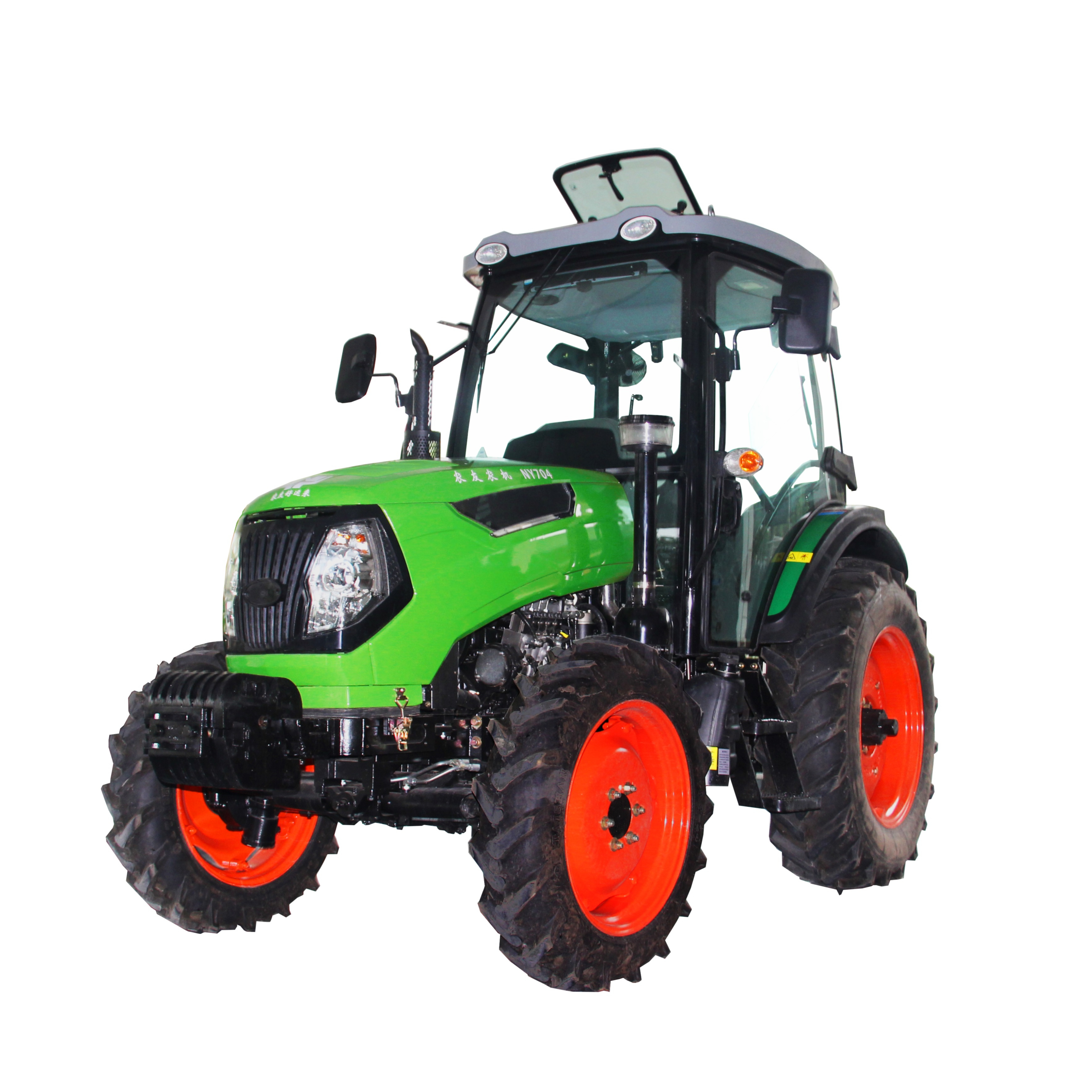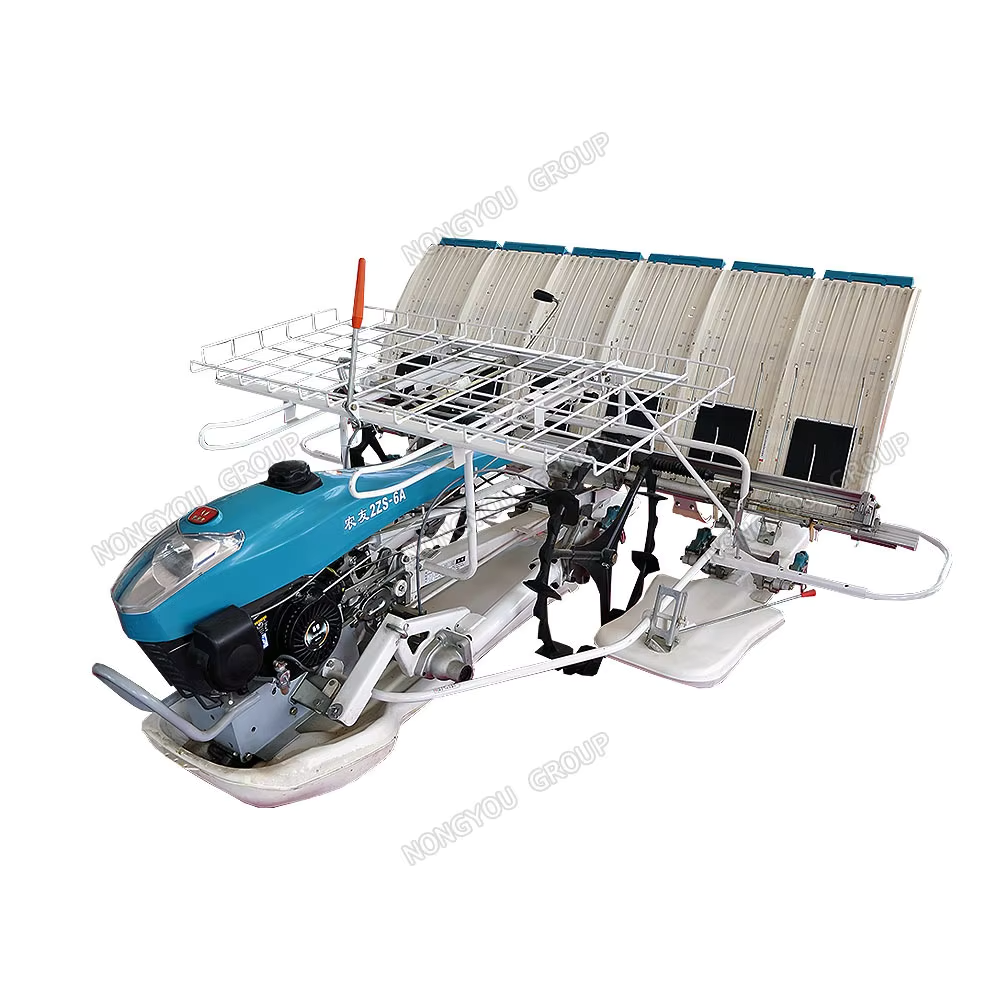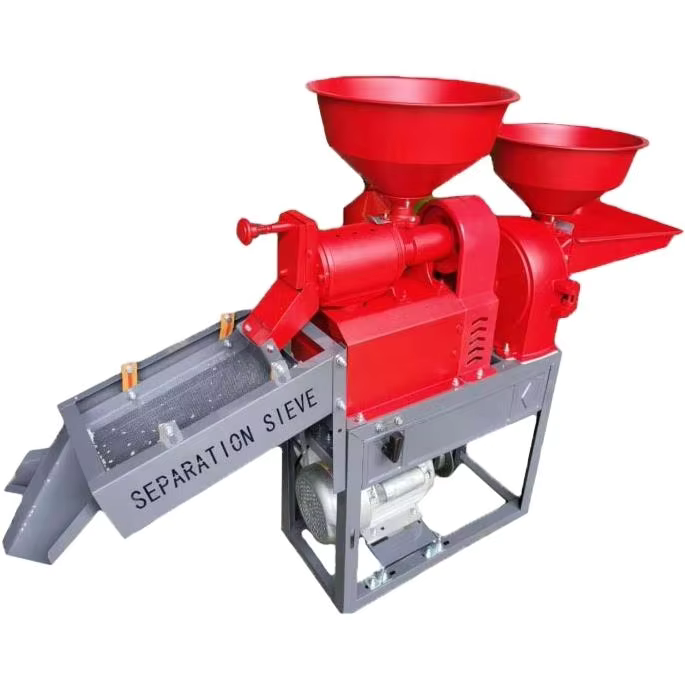plantador de arroz
O transplantador de arroz é um implemento agrícola avançado projetado especificamente para a transplantação eficiente e precisa de mudas de arroz. Esta máquina sofisticada automatiza o processo trabalhoso de plantio de mudas de arroz, revolucionando os métodos tradicionais de agricultura. O dispositivo possui um mecanismo de alimentação sistemático que manipula cuidadosamente as delicadas mudas de arroz, mantendo espaçamento e profundidade consistentes para o crescimento ótimo das culturas. Seus braços de plantio de precisão garantem a colocação precisa das mudas em fileiras pré-determinadas, enquanto o sistema integrado de controle de profundidade mantém uma profundidade uniforme de plantio em várias condições de solo. Transplantadores de arroz modernos incorporam tecnologia GPS para maior precisão e alinhamento de fileiras, permitindo que os agricultores maximizem o uso da terra. As configurações ajustáveis da máquina acomodam diferentes tamanhos de mudas e tipos de solo, tornando-a versátil em várias condições de cultivo. Com velocidades operacionais de até 2,5 milhas por hora, um único transplantador de arroz pode cobrir grandes áreas agrícolas em tempo mínimo. A construção robusta do equipamento inclui materiais resistentes à corrosão adequados para exposição prolongada a condições úmidas, garantindo durabilidade e longevidade. A maioria dos modelos apresenta controles ergonômicos e telas digitais para fácil operação e monitoramento dos parâmetros de plantio.


